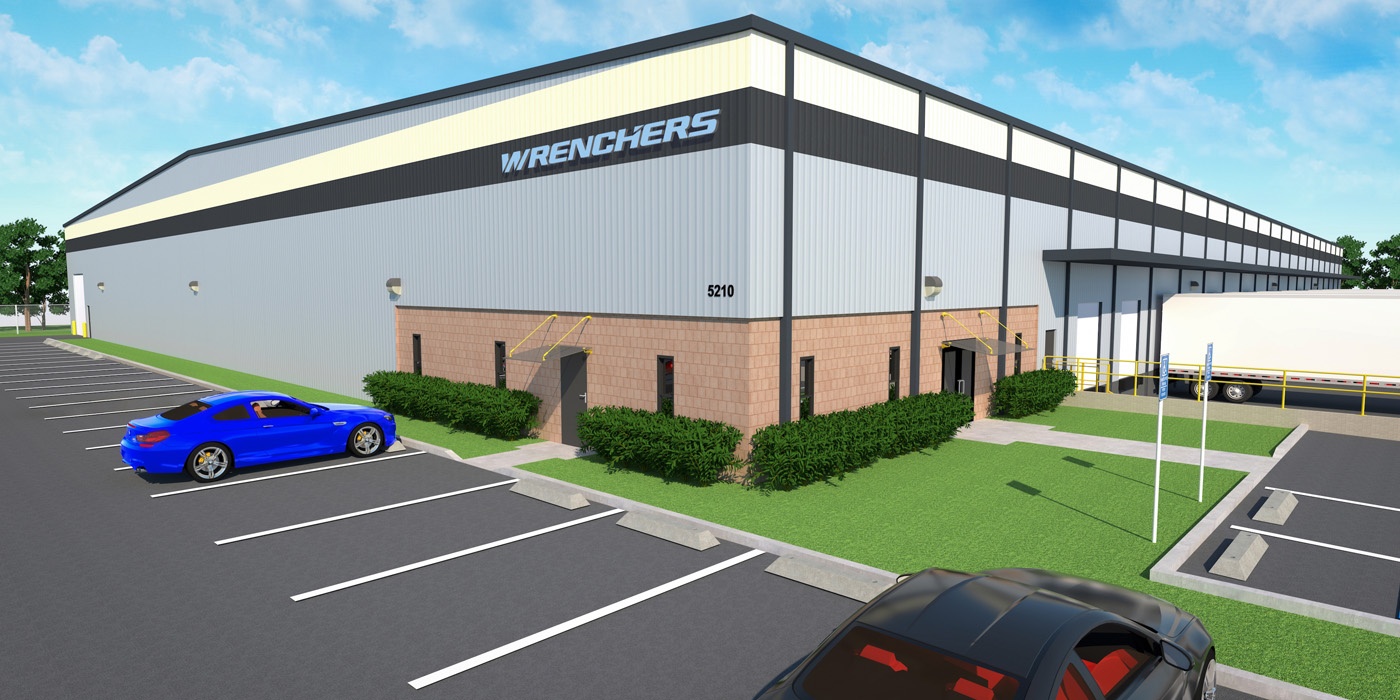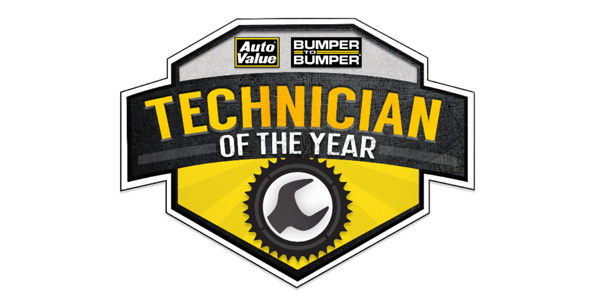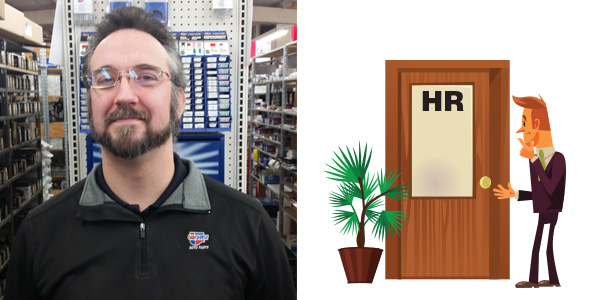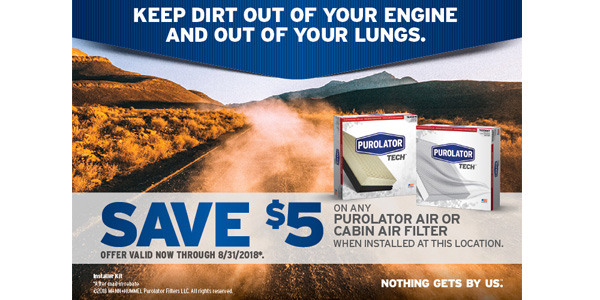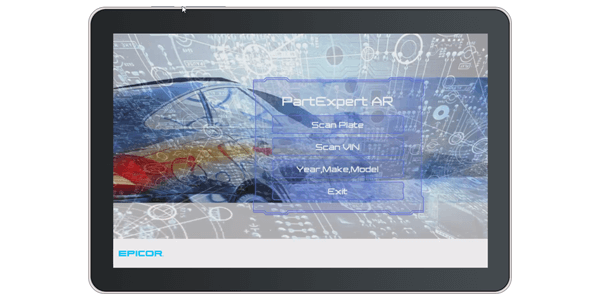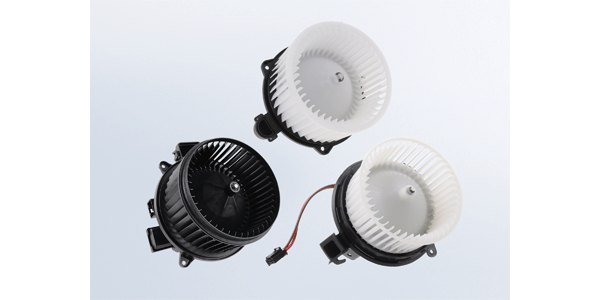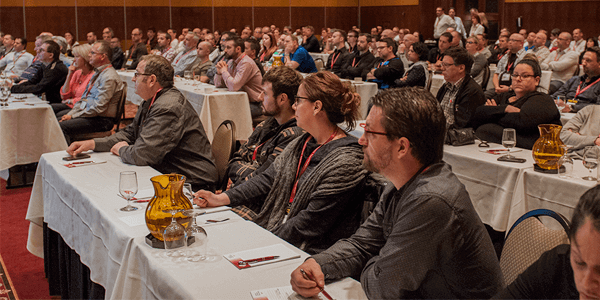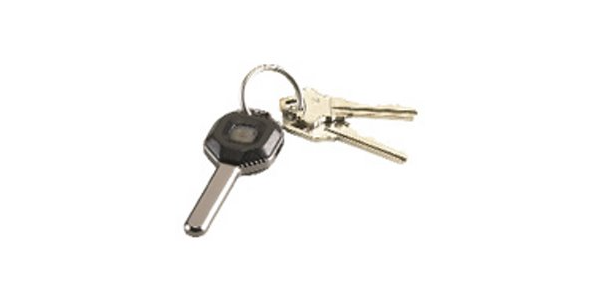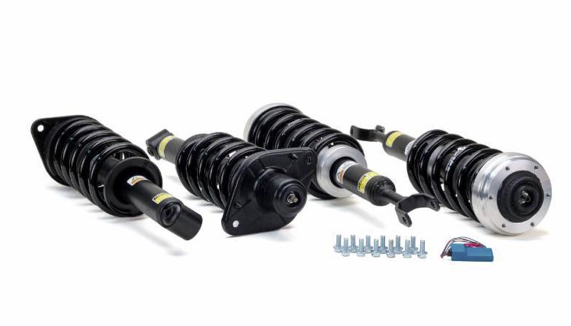“In these difficult times, we have to make a dime whenever we can.”
That’s not a quote by a famous person because I made it up just a minute ago. But I think it’s an appropriate lead for an article about selling items like belts and hoses. As we know, modern vehicles have become more reliable and require less maintenance. More vehicles are extending routine service intervals like oil changes and inspections and even more are extending their original equipment warranties to boot. The net result is that routine replacement parts like automotive belts and hoses seem as if they have become a declining market.
Does this apparent trend indicate that modern vehicles no longer need routine belt and hose replacements? Not really. Although belts, hoses, and other rubber parts last much longer than in the past, they do wear out and they do need replacement. But in contrast to the “good old days,” belts and hoses can’t be replaced along the roadside or in a convenience store parking lot. Instead, replacing belts and hoses on most modern vehicles requires a vehicle lift to gain under-car access and the occasional special tool to remove an obstinate hose clamp or release pulley tension.
To illustrate that point, I replaced the belts on my SUV at 60,000 miles, not because they were worn out, but because a belt failure could become incredibly expensive on one of those lonely stretches of Interstate 70 between Colorado and Los Angeles. In some places, a vehicle might have to be transported more than 100 miles to reach a qualified repair facility. With that said, let’s take a look at how we can make “a dime” selling belts and hoses.
ASK QUESTIONS
Good sales practice includes learning how to interact with your customer. One such method might be to ask a few casual questions like, “What is the approximate mileage on your vehicle?” Such a question at the parts counter fits in nicely with, “What are the make, model and year of manufacture of your vehicle?” And it fits nicely with, “What is the Vehicle Identification Number (VIN) of your vehicle?”
So, why ask about the mileage? Well, it all goes back to making that extra dime. If we remember the mileage on the vehicle, we’ll begin to establish a failure pattern for the part. We’ll learn that most 2003 Brand Ys will begin to need a new serpentine belt at, let’s say, 80,000 miles. We’ll also learn that Brand Zs are pretty good at blowing upper radiator hoses at 100,000 miles. So, the next time a call comes in for Brand Y that needs spark plugs (80,000 miles) or a Brand Z that needs a timing belt (100,000 miles), you’ll know that your technician or retail customer should check the serpentine belt (Brand Y) or the upper radiator hose (Brand Z).
BELT INSPECTIONS
Many jobbers participating in the retail market are learning to assist their retail customers in determining if a part needs replacement. While a worn and cracked serpentine belt is rather obvious when it’s tossed on the counter, it might not be so obvious when it’s installed in the vehicle. Once the hood’s open, the trick is to twist the belt one quarter-turn so the underside becomes visible. If the underside shows cracks, the belt’s ready to be replaced. Although auto manufacturers do provide a standard for counting cracks in a serpentine belt, suffice it to say that a cracked belt isn’t going to last long under hot, highway driving conditions. As for V-belts, inspect the sides for cracking, glazing or peeling. If the underside of the belt looks shiny, it’s glazed. If it’s oily or greasy, it’s beginning to deteriorate. If it’s shedding material, it’s ready to break. Remember, too, that over-tightening a worn or glazed V-belt to keep it from slipping will not only cause the belt to fail, it will shorten the bearing life of driven accessories like water pumps and alternators.
HOSE INSPECTIONS
Although worn coolant hoses are difficult to detect because they wear from the inside out on modern engines, a simple visual inspection for swelling or bulging will usually detect a hose that is about to fail. If the hose seems to show excessive swelling at the engine connection, the hose is beginning to deteriorate.
The “pinch test” is another method of determining if the hose is beginning to deteriorate. When the engine is cold and pressure released from the cooling system, the hose should feel firm when the sides of the hose are pinched together. If the hose feels soft or mushy, or it feels “thin,” it’s beginning to wear from the inside out. Needless to say, if the hose exhibits external cracks or appears weathered, it should also be replaced.
RELATED SALES
Because they’re part of the engine’s cooling system and part of the heating, ventilation, and air conditioning (HVAC) system, belts and hoses always make a good related parts sale. Any radiator, heater core, thermostat, intake gasket, or cylinder head replacement creates the opportunity to sell new cooling system hoses. Since these hoses are usually hidden between the engine and firewall or under an intake manifold, the optimum time for replacement is when the hose becomes accessible during a repair. In most cases, the replacement can be made just for the cost of the part, so the savings to the customer are real.
A radiator replacement should, for example, be accompanied by new upper and lower molded radiator hoses. Similarly, a heater core replacement should require new molded or bulk roll heater hose replacements. Because many intake manifolds have water-heated throttle bodies, the throttle body heater hoses should be replaced when the intake manifold is removed for service. A thermostat replacement usually requires removal of the upper radiator hose and the water pump bypass hose. If these hoses are worn, they should be replaced. Water pump bypass hoses should also be replaced when the water pump is replaced.
Belts should be inspected whenever an accessory drive component like an alternator or water pump is replaced. If the timing belt is being replaced, don’t forget to add balance shaft and accessory drive belts as required. In addition, don’t forget that radiators and radiator hoses must often be removed to gain access to a timing belt or water pump replacement. So the opportunity is there to sell new radiator hoses if you keep it on your list of related parts.
The greatest opportunity to pursue related belt and hose sales is when an entire engine is being replaced.
Because all of the belts and hoses have been removed, you have a great selling point because, again, the only cost to the customer will be the part itself. The most important selling point for new belts and hoses on a new engine is that no engine rebuilder or remanufacturer will warranty an engine if it overheats due to loss of coolant. Since most rebuilders install overheat indicators on several locations on the cylinder block and cylinder heads, the warranty will be void if the engine overheats due to loss of coolant. Recommending a complete coolant hose replacement is a good customer relations policy as well as good common sense.
DOING THE MATH
As outlined above, ample opportunity exists to sell “declining market” parts like belts and hoses by doing your homework. It’s easy, for example, to nearly double the invoice price of a new water pump by adding some new belts and hoses. Similarly, it’s easy to sell new belts and hoses on service jobs like a timing belt replacement that requires all of these parts to be removed for access. By doing the math, it’s easy to see that any belt or hose add-on sale will increase the invoice price of any water pump or timing belt replacement by double-digit percentages. Remember, too, that belts and hoses can increase the narrow profit margins on big-ticket items like remanufactured engines. At the end of the day, those “dime-item” sales add up to big dollars. So don’t miss the related sale, keep selling those belts and hoses!
Gary Goms is a former educator and shop owner who remains active in the aftermarket service industry. Gary is an ASE-certified Master Automobile Technician (CMAT) and has earned the L1 advanced engine performance certification. He is also a graduate of Colorado State University and belongs to the Automotive Service Association (ASA) and the Society of Automotive Engineers (SAE).

